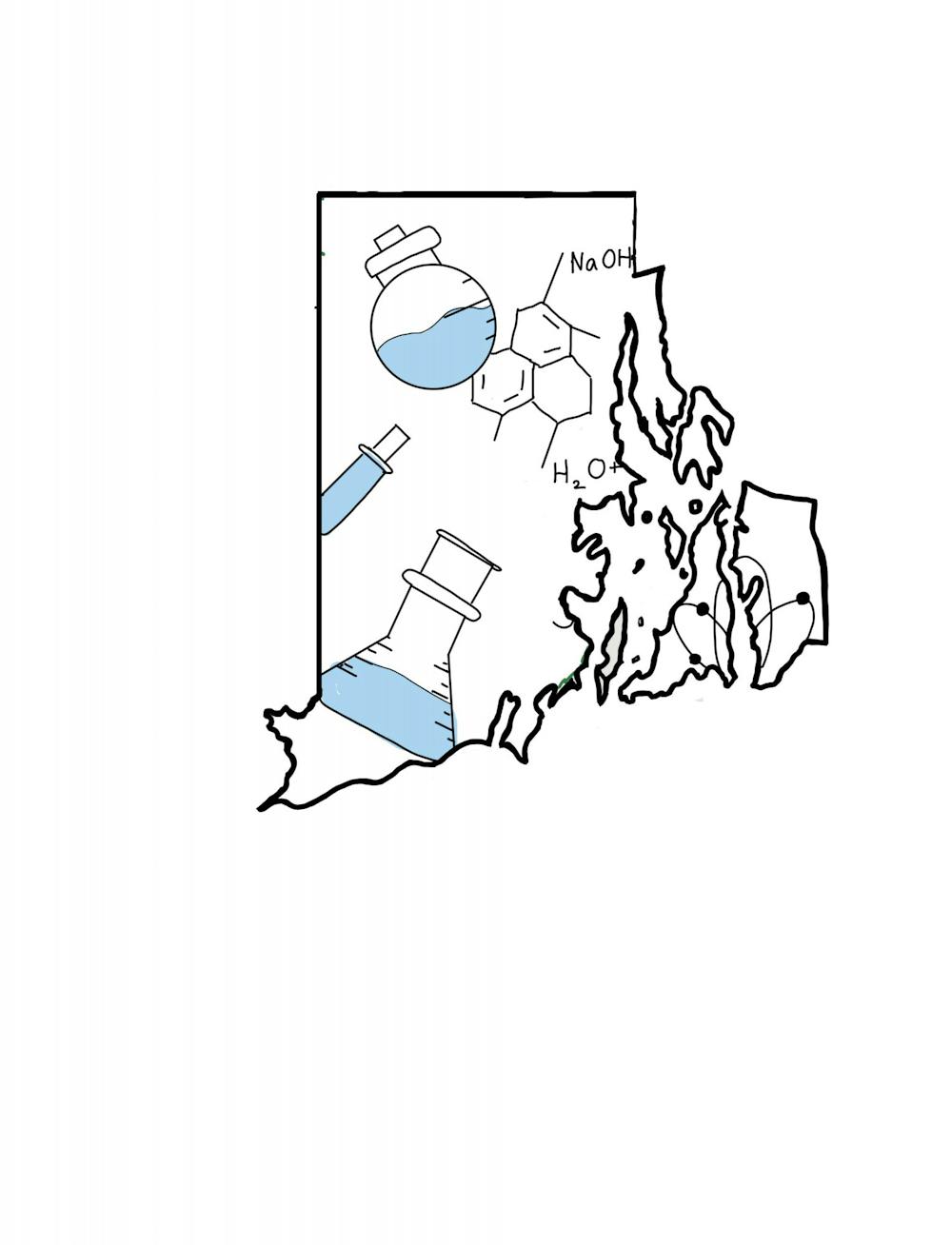A two-year drug testing study has revealed the prevalence of xylazine, a veterinary sedative, in the Rhode Island drug supply, prompting researchers to spread awareness about the substance and its potential adverse effects.
Xylazine has increased in prevalence in the drug supplies of cities such as Philadelphia and caused increasing numbers of overdoses in cities such as Chicago. The Rhode Island study, testRI — a joint effort between the University’s School of Public Health and the Alpert Medical School — showed that 44% of 90 samples of fentanyl, crack and other drugs tested contained xylazine.
“Xylazine vials have been encountered during drug seizures and crime investigations that indicate diversion from the veterinary supply,” wrote Rachel Wightman, professor of emergency medicine at the Med School and a principal investigator of testRI, in an email to The Herald.
A national problem
Alexandra Collins, assistant professor of epidemiology in the School of Public Health and another principal investigator of testRI, told The Herald in an interview that states such as Rhode Island, Massachusetts, North Carolina and New York have seen an increase in reported xylazine-related overdose cases in the last few months and years.
Wightman wrote that people exposed to xylazine experience “deep, prolonged sedation" which, when combined with opioids, can increase the "risk of central nervous system depression and breathing difficulties."
And because xylazine is not an opioid, naloxone “cannot reverse its effects,” Collins said. People exposed to xylazine report “feeling extraordinarily groggy and sedated even after Narcan has been administered,” she said.
Xylazine users also report “intense skin wounds and infections that are really challenging to treat” as another side effect, Collins said.
Despite its severe side effects, “standard hospital protocols for drug testing do not detect xylazine," making it hard to understand xylazine rates nationally, Wightman wrote. Nationally, researchers have warned they are likely underestimating the number of xylazine overdose deaths.
The state’s Office of the Medical Examiner does not “currently test for xylazine in their drug screening panels,” but is working to add xylazine to future panels, wrote Joseph Wendelken, a spokesperson for the Rhode Island Department of Health, in an email sent to The Herald.
‘Knowing what’s in the supply’: Creating local knowledge
A need for immediate knowledge about the drug supply was a key reason for testRI’s founding, according to Claire Macon, a research assistant at the School of Public Health who conducted much of testRI’s sample collection.
The project aims to “understand what we're seeing in local Rhode Island drug supplies … and share that information with people as quickly as possible so they have additional knowledge to make the decisions that are right for them,” Collins said. To do so, testRI interviews study participants and collects drug samples from "anonymous community members and community partners," she said.
Wendelken, though, wrote that testRI’s samples make up a small proportion of the state’s drug supply: “These results may not represent the broader drug supply in the state,” he wrote.
A key part of testRI “is knowledge sharing and information sharing.” Unlike a traditional study, in which those who volunteer substances would see the results of their test “in someone’s paper ten months down the line,” participants can “access the results” on a faster timeline, she said.
Sharing information, Macon said, also means making it accessible for those who need to see it. To reduce “barriers to entry,” testRI created a zine — a small, specialized publication — of basic information about xylazine in October.
“We take information and make it legible, make it accessible, make it concise and we make people feel okay to access it," she said. The zine is available on Twitter and Instagram, as well as on the testRI website.
“The feedback we've gotten from people who are participants and people in the community is that having this information has been really helpful,” Collins said. “Knowing what is in the supply … has impacted some of their practices.”
Although testRI has made progress in informing the Ocean State, many people locally and nationally “don't know what xylazine is,” Collins said. “Without comprehensive testing, it's hard to assess what’s in the supply and the potential implications that may have.”
Collins advocated for investing in harm reduction and evidence-based interventions like overdose prevention centers, drug testing and substance decriminalization, which she said she believes will reduce the risk of fatal overdoses.
“Expanding opportunities for people to test their substances before they use them can be really powerful,” she said.
Wendelken also stressed the importance of employing prevention measures at an individual level. Even though naloxone doesn’t reverse the effects of xylazine, he wrote, “it is also important for people to carry naloxone, as drugs that have xylazine in them very often have fentanyl too.”
Macon advocated for addressing "continued content contaminants … in a comprehensive way that really centers what folks need.”
“It's not the first and it's not the last contaminant that we'll see,” she said.
Injy El-Dib is a metro staff writer at The Brown Daily Herald. She has previously covered activism and public health in the Providence area. In her free time, Injy enjoys playing volleyball and crocheting stuffed animals.





